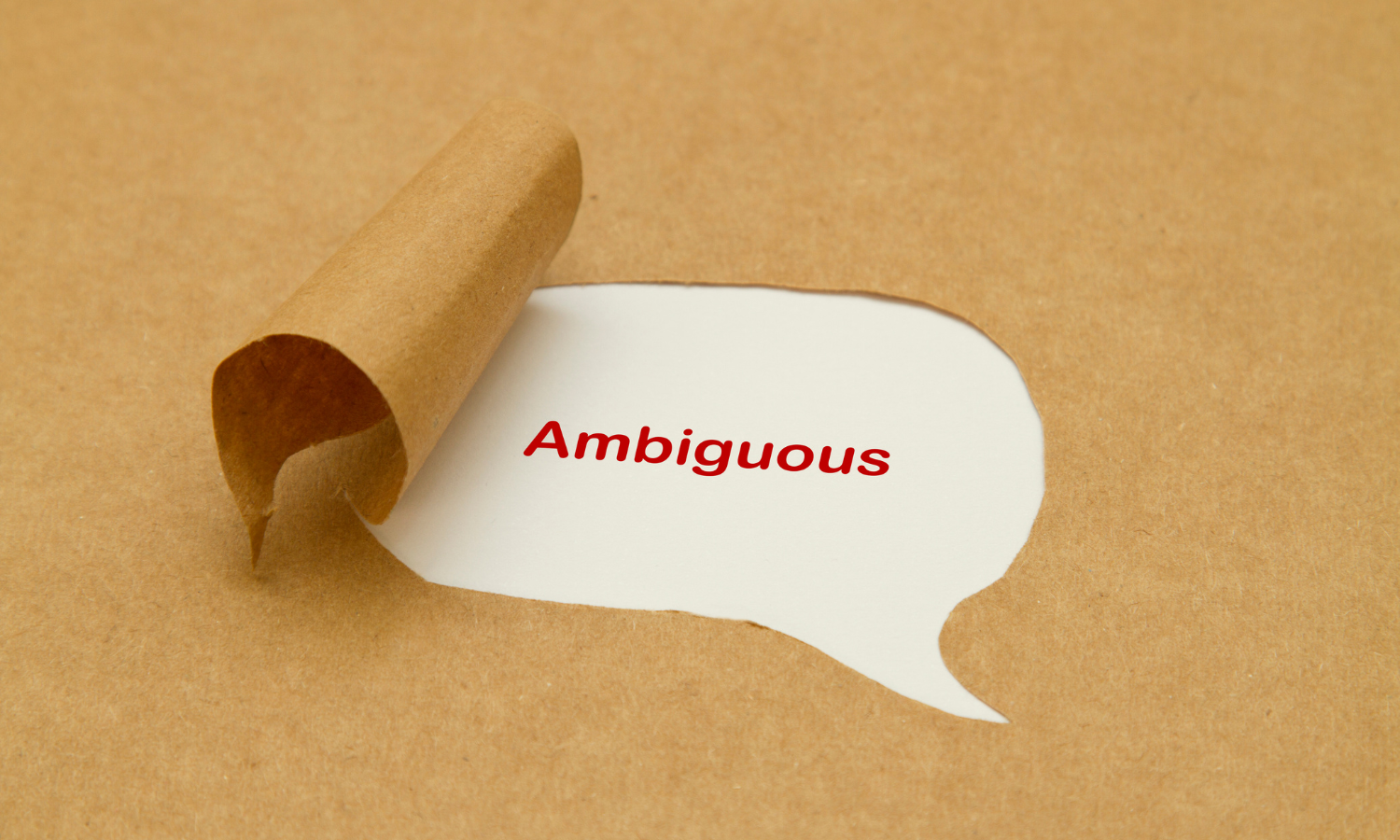By Allyson England Drake, M.Ed, CT
Ambiguous Loss is a painful type of grief that is often misunderstood or ignored by society. But the reality is, ambiguous grief causes many feelings and emotions similar to grief due to the death of a loved one. So, let’s take a moment to understand the definition and ramifications of an ambiguous loss.
A concept defined by Pauline Boss, ambiguous grief is a response to a loss that appears to have no end. In other words, it is a loss immersed in the unknown. Examples of ambiguous losses include:
- the loss of someone who is still alive (physically or psychologically absent)
- an illness or diagnosis (such as dementia or alzheimer’s)
- death in a relationship
- divorce
- kidnapping
- natural disasters
- someone is missing and presumed dead
- infertility
- termination of a pregnancy
- abandonment or disappearance of someone significant in their life
- circumstances that lack a clear conclusion
Often, when an individual is dealing with an ambiguous loss, they don’t know whether to grieve or to hold out hope. Individuals may be searching for answers and these questions may complicate or delay the grieving process. Uncertainty or shortage of information can be traumatic, due to the lack of resolution. Unfortunately, many friends and family may not understand the challenges of these losses because they look different from grief because of a death. People may feel isolated, helpless, hopeless, and confused, and friends and family may not know the best ways to support them.
How can you ease the pain of this type of loss?
- Acknowledging that emotions of grief are valid and real
- Recognizing the “lasts” as they happen
- Participating in a ritual to acknowledge the feelings of loss or to say goodbye
- Not pushing for “closure” but developing coping skills to live with the unknown and ambivalence
- Working to find meaning out of the losses (check out David Kessler’s work on meaning-making)
- Seeking meaning through art (singing, dancing, writing, making art, gardening, etc.)
- Pursuing support from a mental health professional if necessary
References:
www.psychcentral.com/health/ambiguousgrief
Caudle and Sarazin (2018), Ambiguous Grief Process Model
www.northcentralregionagingnetwork.org
Gleeson (2022), Shapes of Grief

